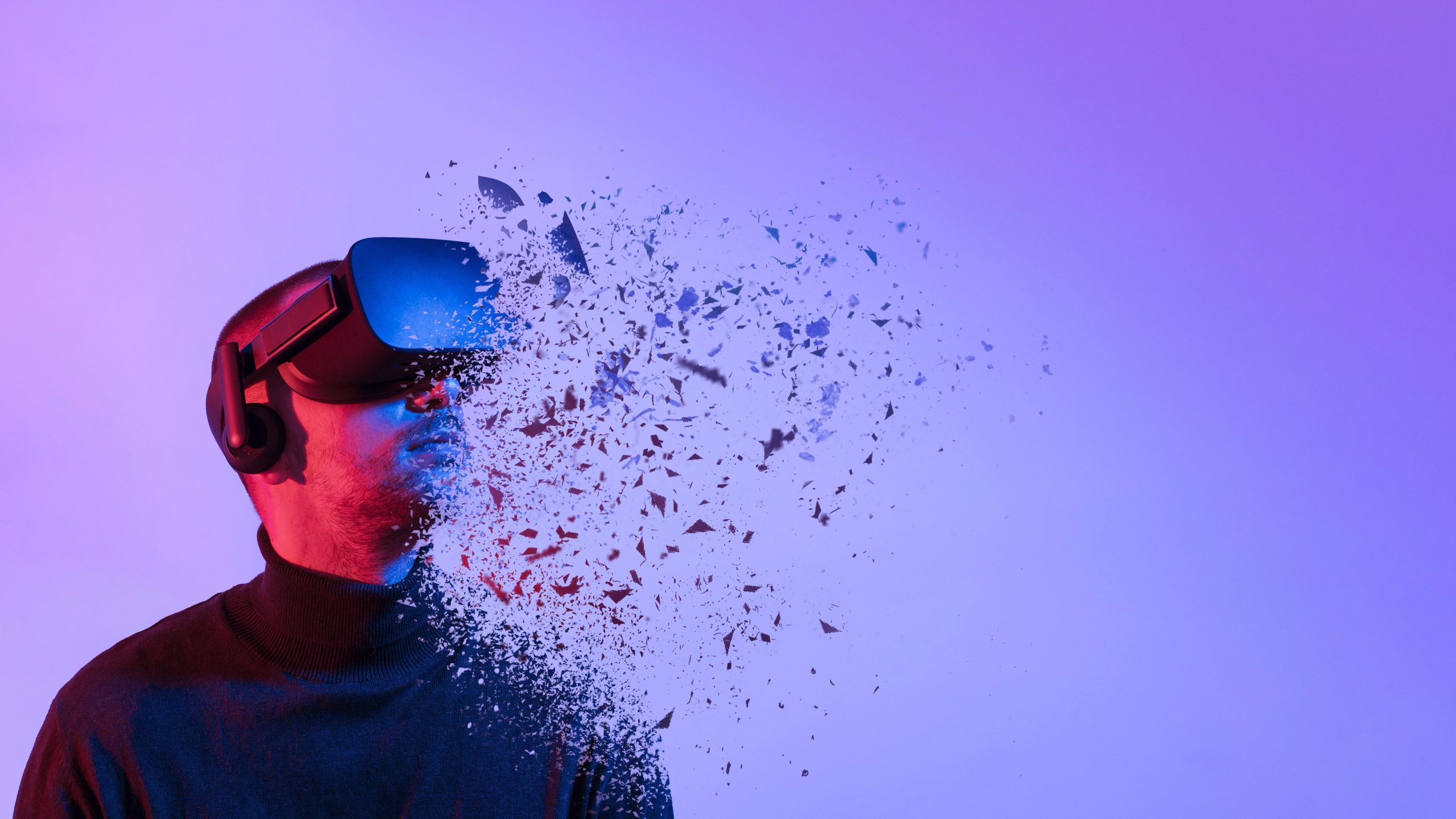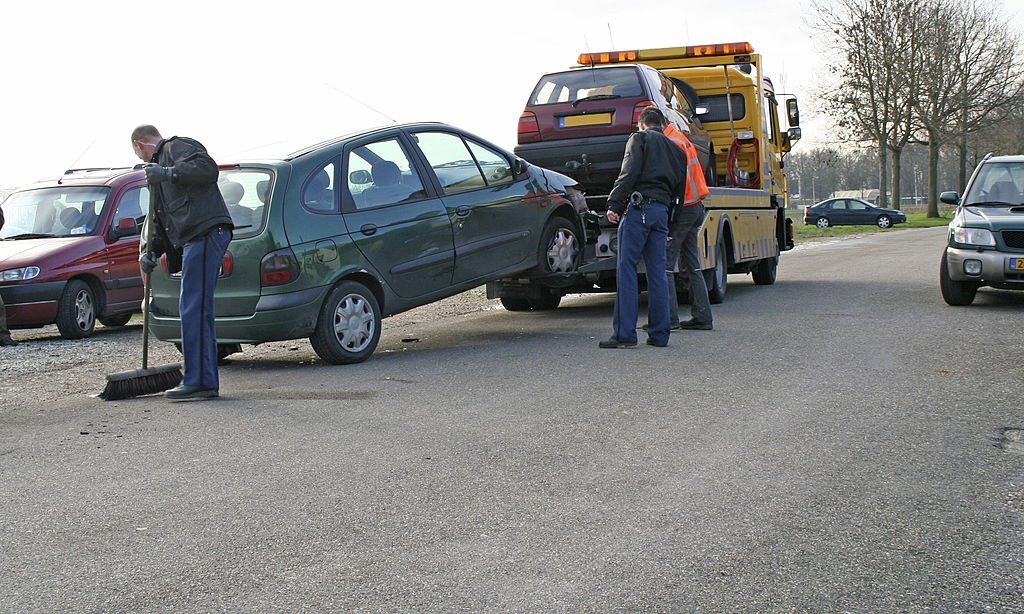What exactly is a metaverse?
Participants can create their own virtual worlds by utilizing the metaverse, a digital environment. Users from around the world can connect there in a more human way than with other platforms.
A fantastic way to interact virtually with people worldwide is through the metaverse. Anyone can use their web browser or a virtual reality headset to connect to a virtual area and interact with other people in real-time.
The ideal way to conceptualize the metaverse is as a computer-generated copy of the real world that users and developers may personalize to their hearts’ content by creating anything from a metaverse school to virtual sports stadiums on real estate they own. It also represents a new opportunity for families and friends to interact in a world that is becoming geographically split as a result of pandemics and other tragedies.
Chances for education in the metaverse
Regardless matter where they are in real life, teachers and students can connect in the virtual world by wearing virtual reality headsets. For individuals prepared to seek it out, such functionality can result in improved education.
There are countless possibilities in a persistent another world, with education perhaps particularly affected. Let’s picture a potential virtual reality classroom.
Imagine a history class filled with curious pupils. These pupils come from all over the world, and their teacher frequently travels to new places to broaden their knowledge of historical periods.
Regardless of where they are in the real world, teachers and students can interact because of the metaverse development company. From there, educators can use their extensive experience to provide students with appropriate information.
The visual potential of a metaverse school follows. The instructor can demonstrate their findings to the class in a 3D environment and speak about them.
A physical replica of a historic site may replace desks and chairs at any time. Students can explore whatever they like, asking questions and using personal experiences to support their learning. Curious kids will only have to spend more time bored in a cold classroom. Instead, because of the power of virtual worlds, individuals can get enthusiastic about learning.
Metaverse education and learning
Instead of having students read from a book, teachers can create virtual environments based on their lesson plans, boosting students’ learning.
Although teaching and learning in the metaverse may seem like something that only exists in our imaginations, similar situations can already be found in our current environment.
Others may be role-playing simulations of historical events. Some of these worlds are built on physics simulations to teach pupils about the subject in a secure virtual environment. In contrast to merely reading about topics in a book, such events constitute a new form of learning through lived experiences.
Naturally, anyone can log in to a virtual learning environment from anywhere, which is a benefit shared by the present metaverse learning settings.
Metaverse learning environments’ advantages
Learning how to use virtual reality in the classroom has many advantages over conventional methods, enabling students to “see” historical locations or carry out risky experiments in a secure setting.
However, it is possible to create a metaverse world that appears quite real. Depending on the metaverse they choose, instructors will be able to create a setting that is absolutely beautiful and sure to enthrall both young and old students.
Not to add, environments in the metaverse might imitate real-world settings, heightening the sense of immersion.
Metaverse worlds can provide more direct physical connection in addition to complete visual immersion. When a pupil is wearing the equipment, virtual reality headsets and controllers are made to feel natural and can simulate hands and fingers.
As a result, teachers can create learning activities that make use of the subtle hand movements, such as teaching pupils how to write or demonstrating sign language. The kids will have the muscle memory in place once they are out of the virtual environment and back in the actual one, so repeating their learning experiences won’t feel any different.
Additionally, metaverse learning spaces can encourage safety in a manner that traditional classroom settings just cannot. By just altering specific permissions in the virtual environment, instructors will have complete control over student interactions in the metaverse and will be able to prevent bullying or segregate kids for disciplinary reasons. Children are able to concentrate on learning rather than worrying about bullies or other distractions in this way.
Because children will be dispersed across their homes rather than being gathered in one place, digital surroundings can also stop terrible events like school shootings.




